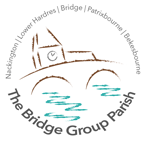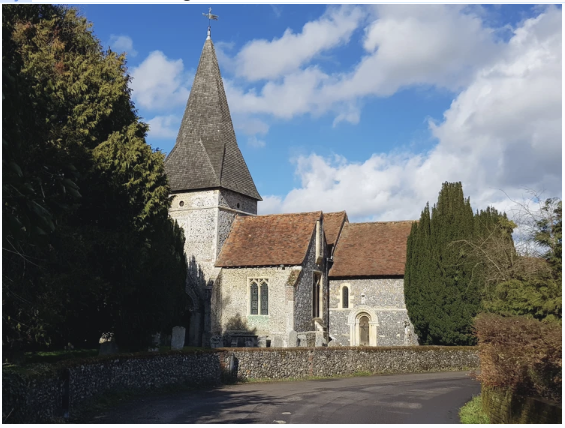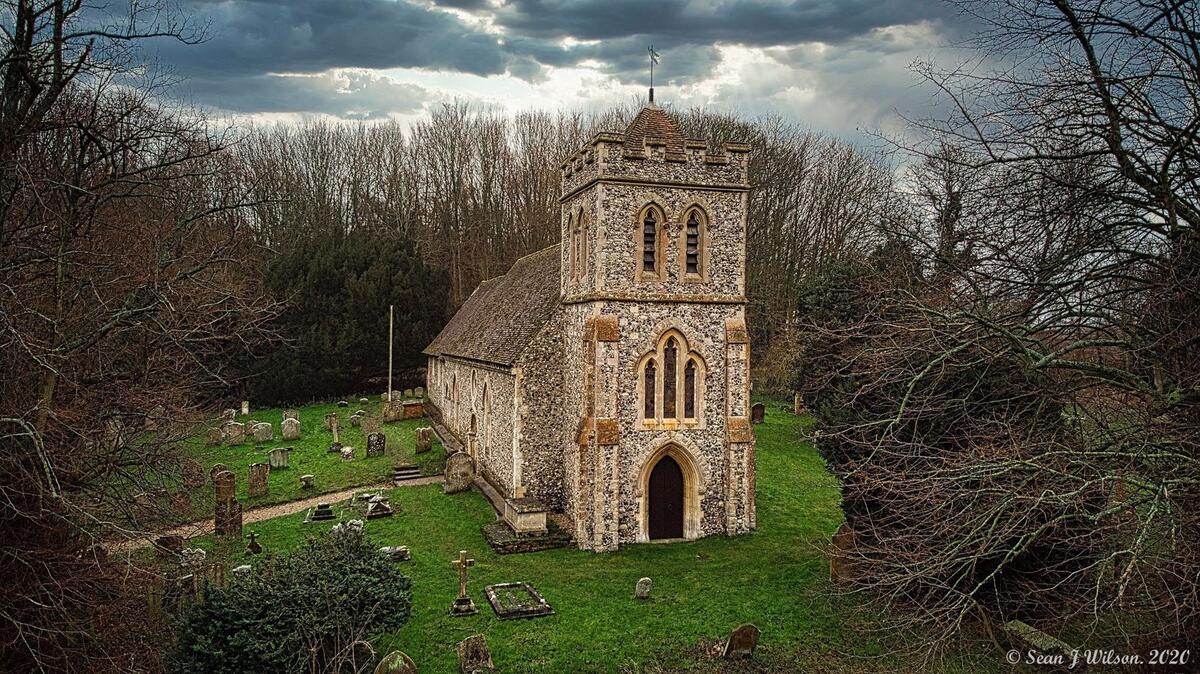Churches

Bekesbourne-with-Patrixbourne churches are part of a group of five rural church congregations joined as one single parish. All churches are within a few miles south of Canterbury and are overseen by our Vicar, Reverend Estella Last.
St Mary's Patrixbourne
Church Wardens: Andrea Nicholson and Pauline Pritchard
This parish is entered in Domesday book, which was compiled in the year 1086, under the name "Borne" in the Hundred of "Brige," and the information is given that "a church is there." In 1189 it is mentioned as "Burnes" with "Bruges." Thus for more than a century it seems to have had no other name to distinguish it from Bekesbourne and Bishopsbourne, which were both called "Burnes." But in the thirteenth century the "Patrick" was introduced begin, perhaps, that of the then owner of the manor. In the year 1258 Archbishop Boniface appropriated the church of "Burne Patricii cum capella de Bruges" to the Prior and Convent of Merton, in Surrey, and from that time the name has continued as at present, though with every conceivable variation of spelling. Shortly after the Dissolution of the Monasteries the patronage of the church of Patricxbourne with that of Bridge passed into the hands of the owner of the manor and succeeding owners have exercised the right of presentation ever since.

St Peter's Church- Bekesbourne
Churchwarden: Nicola Fry
The church sits on a hill in the centre of the village and is approached through private land on public footpaths and a graveled track. It is sometimes known as the Church in the Garden. Parking is on the lane by the ford. Regretfully, access to the church may be difficult for the disabled.
Visitors to the church are very welcome. However, because of its isolated position, it is kept locked. Those who wish to see inside may borrow a key from Essentially Hops, Chalkpit Farm, Adisham Road.
The present building was begun in the 12th century, replacing an earlier church mentioned in Domesday Book A fine Norman doorway in the north wall of the nave and two windows in the chancel survive from this period. The church was extended to its present length in the 13th century. The twin lancet windows in the east wall and the arch between the nave and the tower are the most notable surviving features of this "Early English" date. A south transept was built early in the 18th century. The tower is reputed to have fallen down early in the 19th century and was rebuilt in 1841. The rest of the church was restored in the 1880s and looks now, both inside and out, very much as it did on completion of the restoration at that time.
The village war memorial stands in the churchyard. Work is in hand to map the churchyard and draw up a list of graves. The preliminary list may be found at www.cobhamcourt.co.uk.
